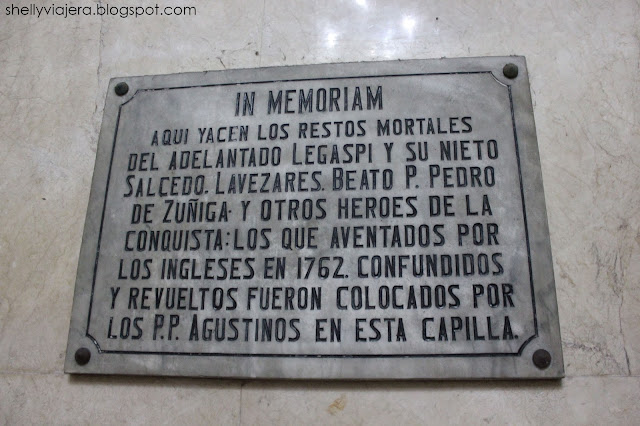Some travelers cruise pass Manila for, as what they say, its lack of diversity. But before heading to the beaches in the south or the mountains in the north, I must say that a stop in the bustling capital is still worth it.
Intramuros is perhaps one of the few remaining historical sites in the ever-growing city. Literally means “within the walls” in Spanish, Intramuros refers to 16th century walled city of Manila constructed during Spanish occupation in the Philippines and it was built to protect the city from foreign invasion. Now it stands as heritage site contributing to the rich history of the Philippines.
For first time visitors, here is a suggested tour to highlight important areas and points of this walled city.
Fort Santiago
Begin your Intramuros tour by entering Fort Santiago. Back in the day, it was the military headquarters of Spanish colonial government. Many Filipinos were also held in prison in this area, particularly the national hero Jose Rizal.
The Fort Santiago main gate is a point of interest. After passing by the moat, look closely at the carvings of the gate. The carving is similar to the flag of Spanish autonomous community Castilla y León.
Once you enter the gate, you will see Plaza de Armas. It used to be a major public square in Intramuros. Next, head west to Rizal Shrine, a museum containing numerous artifacts including Rizal’s literary pieces and items that he used. Take your time exploring the area to know Rizal’s life and why he is the country’s national hero.
It’s advisable to visit the museum first to understand the significance of other areas in Intramuros.
After the Rizal Shrine, head to Pintong Postigo (Postigo Gate). This gate was where Rizal passed coming from his prison going to Bagumbayan where he was shot. In the area, surrounding dungeons can be found.
Manila Cathedral
The Manila Cathedral is one of the important churches in Manila. It serves as the see of the Archbishop of Manila and all departed Manila archbishops were buried here. It was reconstructed seven times due to series of typhoons and earthquake. The recent renovation, around 6-7 years ago, took 2-3 years to get done. Despite all, it goes to show how resilient this cathedral is the test of time.
Then, cross the street to see Plaza de Roma, a public square and formerly known as the Plaza Mayor of Manila. The statue of King Charles IV can be found here.
Near the plaza is the Palacio del Gobernador that used to be the residence of governor-general. It is now used as the office of the Commission of Elections.
San Agustin Church
It considered as one of the oldest in Asia with a tropical baroque architecture.
A notable area is the tomb of Miguel Lopez de Legazpi located at the left wing of the alter. He was Spanish navigator behind naming Manila as the capital of the Philippines. It was also named a UNESCO World Heritage Site along with other five churches in the Philippines.
There is a museum inside this church. Entrance costs 200 PHP.
The tomb of Juan Luna can also be found inside the San Agustin Church.
Casa Manila
Casa Manila is a typical bahay na bato (house of stone) in the Chinese parian of Manila. It is a 19th century replica owned by a rich Chinese merchant.
Lunch at Ilustrado Restaurant
Cap off your day tour by having a scrumptious food at Ilustrado Restaurant. They generally serve Spanish dishes where a lot of Filipino food came from. It is a mid-range restaurant with a rustic vibe located at Calle del Real Palacio in Intramuros.
When in Manila: Intramuros
 Reviewed by Shelly Viajera Travel
on
20.8.16
Rating:
Reviewed by Shelly Viajera Travel
on
20.8.16
Rating:
 Reviewed by Shelly Viajera Travel
on
20.8.16
Rating:
Reviewed by Shelly Viajera Travel
on
20.8.16
Rating:






















